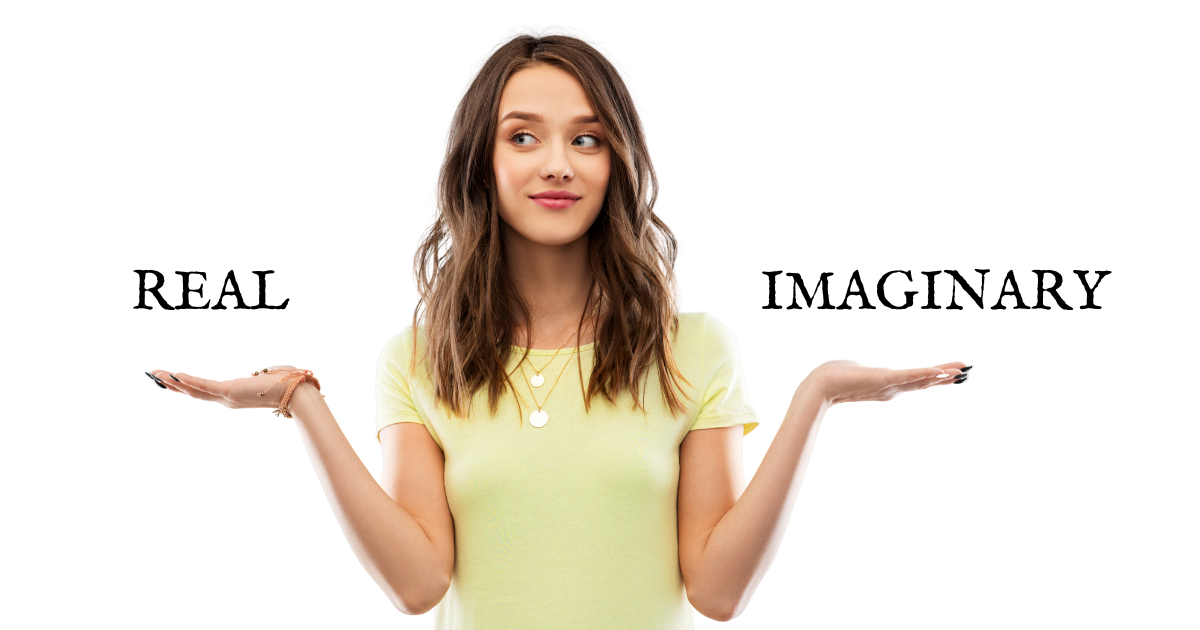Real vs imaginary: did you know that the mind can’t tell the difference between what is real and what is imaginary?
Spanish Neurologist Dr Pascual-Leone made significant contributions to the understanding of neuroplasticity – the ability of the brain to rewire itself -and not just through physical practice, but also through mental imagery. He challenged the view that the brain’s structure is fixed, instead showing that it is able to reorganise its structure in response to experience, learning and mental practice.
Mental Rehearsal
One of Doctor Pascual-Leone’s important experiments illustrated the phenomenon known as “mental rehearsal,” or the mental simulation of actions without physically performing them. Doctor Pascual-Leone took a group of non-musical students and scanned their brains. He then asked half of them to regularly practice a short piece of music on the piano. asked the other half to regularly imagine playing the piece on the piano, with no physical practice. He then scanned the brains of both groups again. What he found was evidence of new nerve growth in the brains of both groups, in a similar pattern. In other words, the brain generated similar neural patterns during mental imagery to those patterns produced during actual physical execution of the task.
Actually, music has many health benefits, for all ages. I talk more about these in my blog post here.
Sport and Rehabilitation Application
This discovery has had profound implications in sport and in rehabilitation medicine. Athletes, for instance, could enhance their performance by mentally rehearsing their movements, thereby reinforcing the neural circuits responsible for executing those actions, and making the pathways stronger. Similarly, individuals undergoing rehabilitation for movement issues could benefit from mental practice to facilitate recovery and improve the function of muscles and soft tissue.
Learn how solution-focused hypnotherapy can help with physical performance
Memory Retention
Studies have shown that mental imagery can also enhance memory retention, problem-solving skills, and even creativity. By engaging in vivid mental imagery, individuals can activate nerve pathways and strengthen connections within the brain, thereby optimising the brain’s performance.
This work also uncovers a potential for treating neurological disorders such as in the case of brain injury, stroke or diseases such as Parkinson’s disease. Mental practice can work alongside traditional physical approaches to promote recovery.
Learning and Education
Furthermore, Doctor Pascual-Leone’s findings illustrated the importance of using the power of the imagination in learning and in skill acquisition. By encouraging students to visualise certain concepts and scenarios, deeper learning can be facilitated, and retention of information enhanced. Likewise, professionals in diverse fields such as musical or theatrical performance and surgery can use mental rehearsal to practise and refine their skills and become experts in their respective areas.
But this works both ways and we need to be careful where we allow our imagination to go. If we imagine success, success is more likely, whereas if we imagine failure, then that is more likely to happen.
“Whether you think that you can, or that you can’t, you are usually right.”
Henry Ford
Solution-Focused Hypnotherapy
In the solution-focused hypnotherapy sessions I run, I work with clients to help them imagine a possible future. In a relaxed state, the mind is more receptive to positive images and the idea of what could be. We talk about possible solutions and simple actionable steps towards the ideal goal. By doing this my client forms new neurological pathways. We work together to reshape their thoughts, emotions, and behaviours towards the desired outcome.
Our brains are amazing and we can achieve so many things with guidance.
Get in touch to learn more about how solution-focused hypnotherapy could help you.

